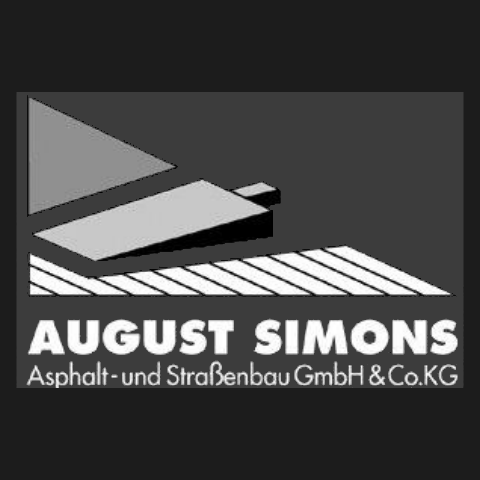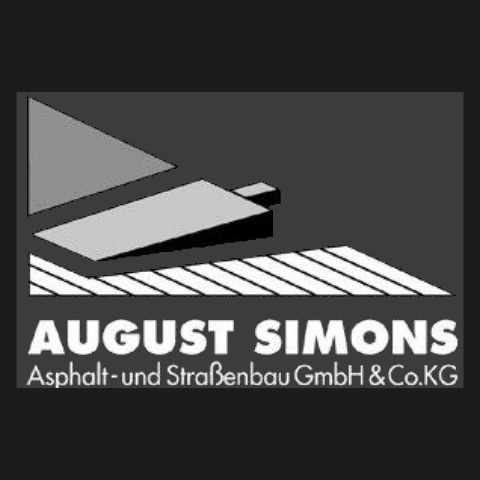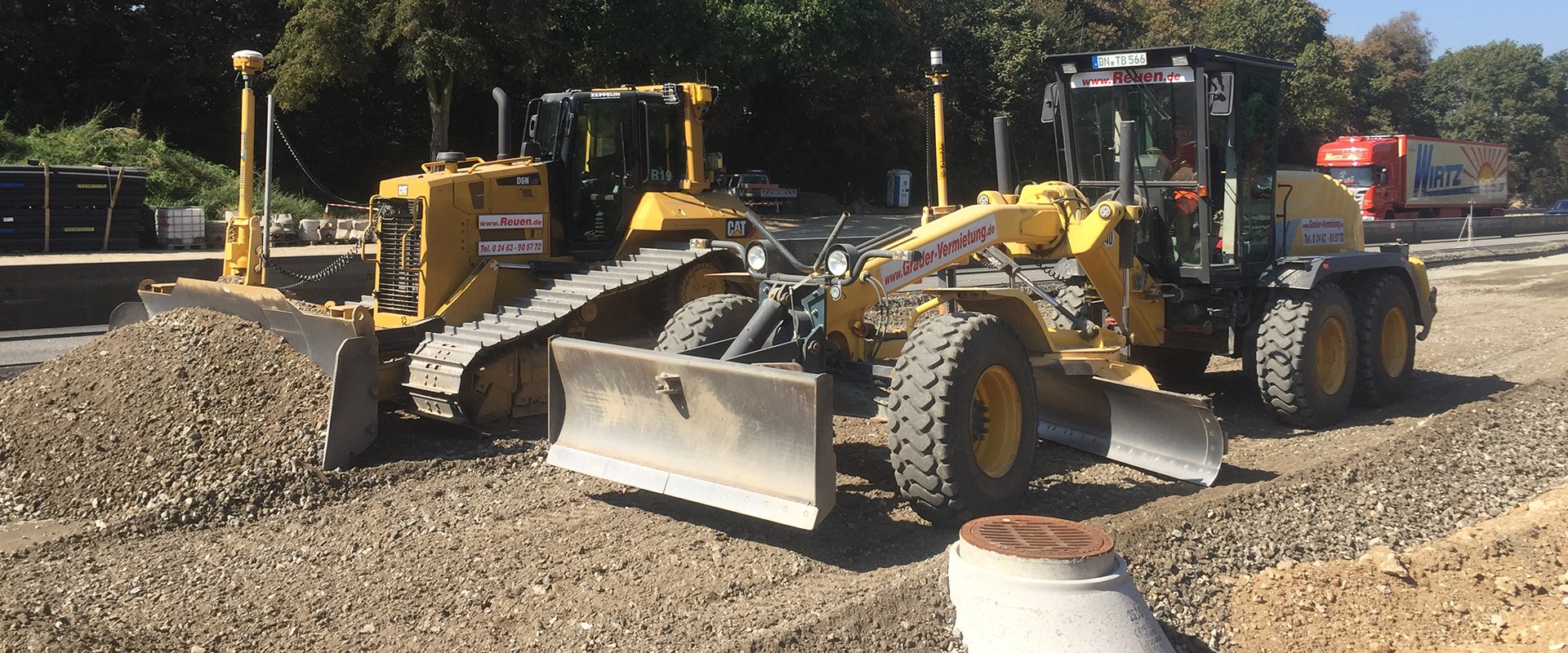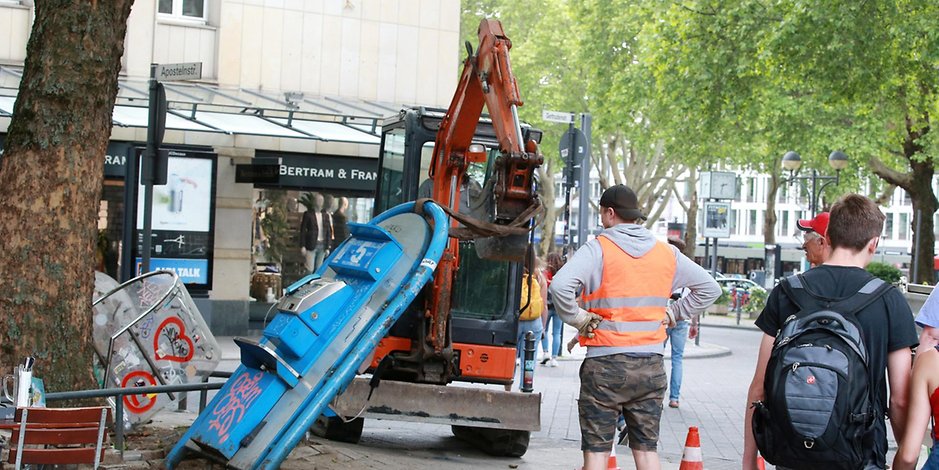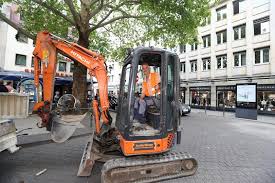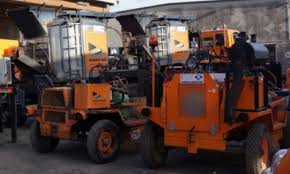Sascha Bunsen Asphalt- und Straßenbau GmbH
 11
11
 2021-01-04 10:02:36
2021-01-04 10:02:36
Company address
Location:
Alemania, Cologne , Stolberger Str. 194, 50933 Köln, Germany
Service types
Construcción
Construcción de carreteras
Ingeniería civil
Ingeniería
Ingeniería estructural
Ingeniería eléctrica
Ingeniería mecánica
Ingeniería de procesos
About company
Parking structures and ramps
Mastic asphalt in connection with a bitumen welding membrane and liquid plastic (upstand) has proven itself in the past as one of the safest construction methods for sealing freely weathered parking decks.
The advantages of the construction are:
All layers in the composite
No underflow of the seal
Wear damage to the top layer can be repaired without damaging the waterproofing
Low dead weight due to thin layers
It should not be forgotten that a parking deck is exposed to considerable stresses from temperature fluctuations (summer / winter), which the pavement and
waterproofing have to absorb without cracking.
Mastic asphalt as a ramp covering to the underground car park
Mastic asphalt ramp construction
Mastic asphalt screeds
Mastic asphalt screeds can be used in many ways. For example as a floating screed in building construction, or for high loads as an industrial screed.
Mastic asphalt is used as a floating screed in building construction. Due to its composition, mastic asphalt offers a wealth of beneficial properties. Mastic asphalt requires neither drying nor setting times. It can be walked on and used shortly after installation.
Mastic asphalt improves the heat and impact sound insulation. The footfall sound is reduced by up to 14 dB (A) and is particularly warm to the feet. As a result, it enables high levels of thermal and sound insulation with low construction heights. Depending on the type and thickness of the insulation layer, it is installed with a nominal thickness of 25–35 mm. This makes mastic asphalt particularly suitable for the renovation of floors where there is only little construction height available.
Advantages of mastic asphalt screed
laid seamlessly
insensitive to cracks
shock and impact resistant
void-free
waterproof
hardly inflammable
practically non-flammable
Also ideally suited as a heating screed (underfloor heating) (no heating phase, little inertia).
Mastic asphalt screeds contain no environmentally harmful additives. Hazardous substances cannot escape during use. Bacteria and microbes can
not establish themselves in its dense structure. Only natural insulation materials are used under mastic asphalt screeds. Mastic asphalt is suitable for organic houses and can be recycled as a valuable building material.
The quick usability shortens the construction time and thus helps save costs. The better insulating effect of the mastic asphalt screed reduces heating costs. It can be used largely regardless of the weather.
Thermal insulation under mastic asphalt screed
Thermal insulation under mastic asphalt screed
Mastic asphalt screed in residential construction
Industrial screeds
Industrial screeds are subject to high traffic loads from industrial trucks with polyamide and Vulkollan wheels. In addition to the stresses caused by traffic loads and temperature, stresses from alkalis, acids and various other liquids can occur, to which industrial screeds have to be resistant.
Industrial screeds made from mastic asphalt have proven themselves for decades. Mastic asphalt screeds according to DIN 18560-7 are suitable for practically all demands
in the industrial sector:
heavy traffic with industrial trucks
heavy traffic on parking lots and loading areas
Depositing and rolling heavy goods
Impact and impact stress.
Mastic asphalt can be adapted to a wide variety of stresses due to its composition, grit content and grain size, and in particular due to the hardness of the binder. It is also resistant to salts and salt solutions as well as many alkalis and acids.
Mastic asphalt with quartz sand
Protective layer made of mastic asphalt under a bitumen welding line
Road construction
Mastic asphalt has proven itself in road construction and is used for high loads (e.g. highways). As a bridge surface, mastic asphalt is also exposed to additional loads (e.g. vibrations).
Surface layers in road construction are increasingly stressed by truck traffic. Mastic asphalt surface layers have been used for decades, especially in heavily used traffic areas, e.g. Tried and tested, for example, on motorways but also on city streets with a high proportion of heavy traffic. An improvement in the noise-related properties (lower noise emissions) is possible through special manufacturing and installation processes.
Even in the area of low-traffic traffic areas (paths, squares), mastic asphalt surface layers in connection with optical design options, e.g. colored chippings, offer numerous advantages.





































 Publicar anuncio
Publicar anuncio 




